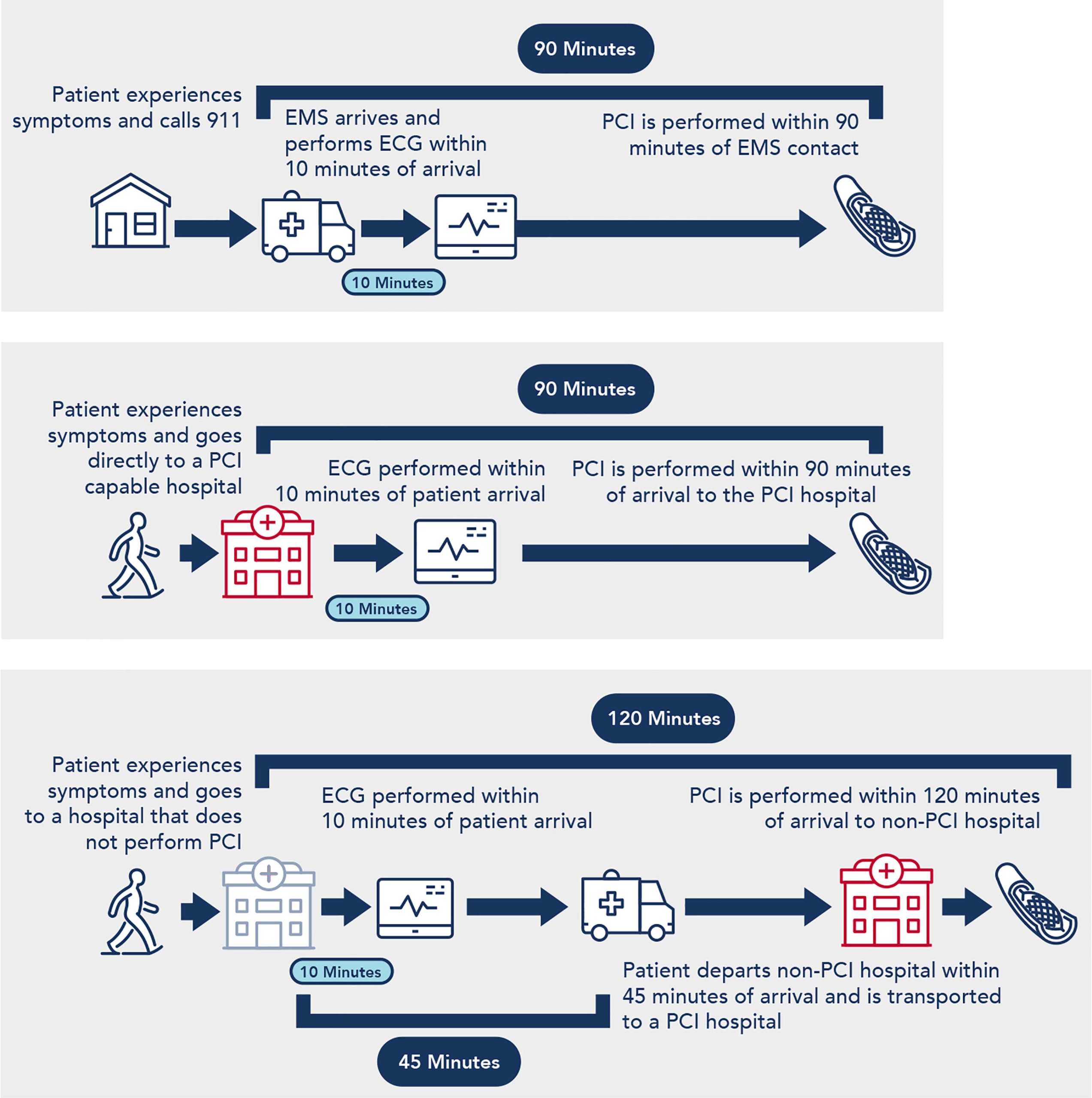
The Society for Cardiovascular Angiography & Interventions (SCAI) is pleased to announce the publication of the Expert Consensus Statement on the Management of Patients with STEMI Referred for Primary PCI.
Published in Journal of the Society for Cardiovascular Angiography & Interventions, the consensus statement provides detailed suggestions for clinicians, particularly for nuanced situations not covered by general guidelines. It highlights the strengths and limitations of various diagnostic and therapeutic interventions for treating patients with STEMI, provides an overview of managing large thrombus burden and no reflow, and outlines best practices in managing STEMI across anatomical and clinical circumstances.
“This document represents a collective effort to refine and advance the standards of care in STEMI management. By following these consensus statements, we can enhance the quality of care and make a meaningful difference in the lives of STEMI patients.
“This expert consensus statement will help interventional cardiologists make informed decisions and provide the best possible care in the cardiac catheterization laboratory. We are confident that the STEMI Consensus Statement will serve as a valuable resource for clinicians around the world,” said Dr. Jacqueline Tamis-Holland, MD, FSCAI, chair of the project and an interventional cardiologist as well as Institute Director for Acute Coronary Care at Cleveland Clinic.
Developed using a consensus process that drew from diverse viewpoints within the interventional cardiology community, the STEMI Expert Consensus Statement is the culmination of extensive collaboration among leading cardiologists, interventionalists, and researchers. It synthesizes the latest evidence-based practices and provides comprehensive suggestions to enhance patient care and outcomes. The document addresses key aspects of STEMI management, including early diagnosis, reperfusion strategies, and post-procedural care.
The Consensus Statement delves into the technical aspects of patient care, offering practical approaches for managing thrombus and no-reflow conditions. These include using thrombectomy devices in cases with a large thrombus burden and administering vasodilators to dilate arteries. It provides clear, technical suggestions for treatment.
Dr. Yader Sandoval, MD, FSCAI, co-chair of the project, an interventional cardiologist at the Minneapolis Heart Institute, Abbott Northwestern Hospital, and Co-Chairman for the Minneapolis Heart Institute Foundation (MHIF) Center for Coronary Artery Disease (CCAD) emphasized the importance of this consensus document in standardizing STEMI treatment protocols.
“Our goal was to create a document that reflects the most current scientific evidence and offers practical advice for clinicians on the front lines of patient care, as well as offers input on frequently encountered clinical scenarios in STEMI patients such as microvascular obstruction, MINOCA, coronary microvascular dysfunction, including lesion subsets such as bifurcations or calcified lesions, and highlights areas with unmet needs where opportunities exist for additional research,” Dr. Sandoval said.
“By providing these consensus key points, we are not only helping to ensure consistency in treatment approaches but also aiming to improve the overall quality of care for STEMI patients globally. The document will be a critical resource for improving STEMI outcomes worldwide.”
The STEMI Expert Consensus Statement introduces several innovative insights and recommendations that have the potential to transform current practice. One of the key highlights is the emphasis on early and accurate diagnosis of STEMI and the need to rapidly diagnose patients with suspected STEMI so that emergency angiography can be performed. At the same time, it emphasizes the unique situations in which additional diagnostic testing may be needed.
“Successful STEMI management should focus on the proper diagnosis and rapid treatment, and also include robust secondary prevention measures and addressing potential complications. Using this approach, we can significantly improve the quality of life and long-term survival of our patients,” Dr. Tamis-Holland said.
More information:
Jacqueline E. Tamis-Holland et al, SCAI Expert Consensus Statement on the Management of Patients With STEMI Referred for Primary PCI, Journal of the Society for Cardiovascular Angiography & Interventions (2024). DOI: 10.1016/j.jscai.2024.102294
Citation:
Experts consensus statement on managing patients with ST-elevated myocardial infarction published (2024, October 11)
retrieved 16 October 2024
from https://medicalxpress.com/news/2024-10-experts-consensus-statement-patients-st.html
This document is subject to copyright. Apart from any fair dealing for the purpose of private study or research, no
part may be reproduced without the written permission. The content is provided for information purposes only.


